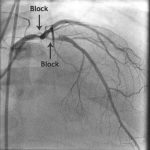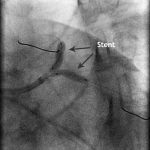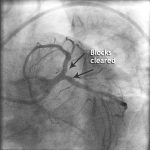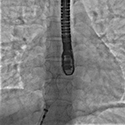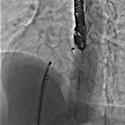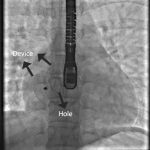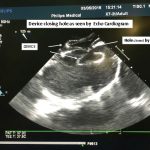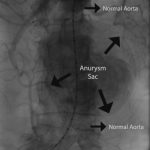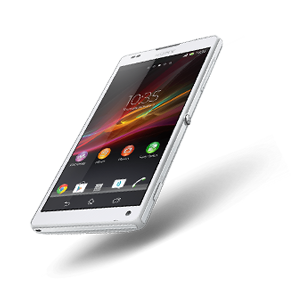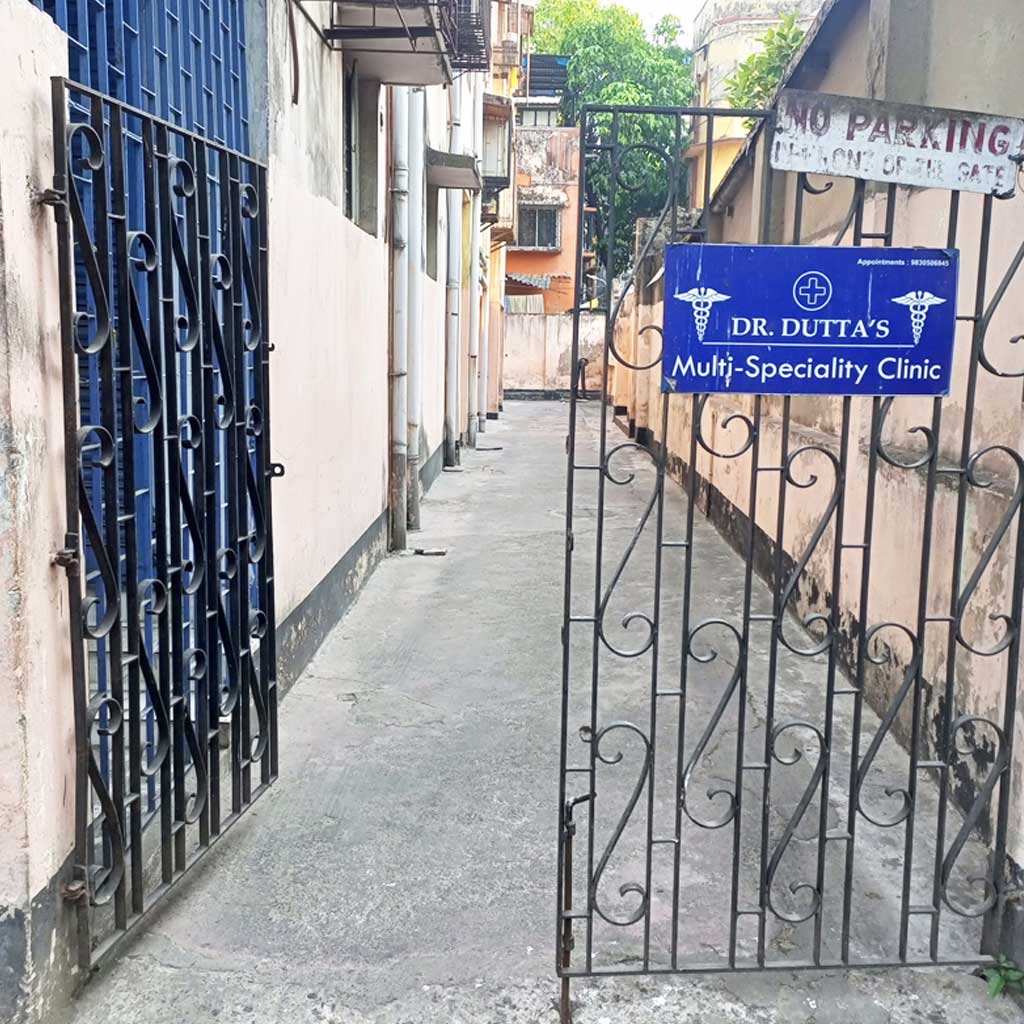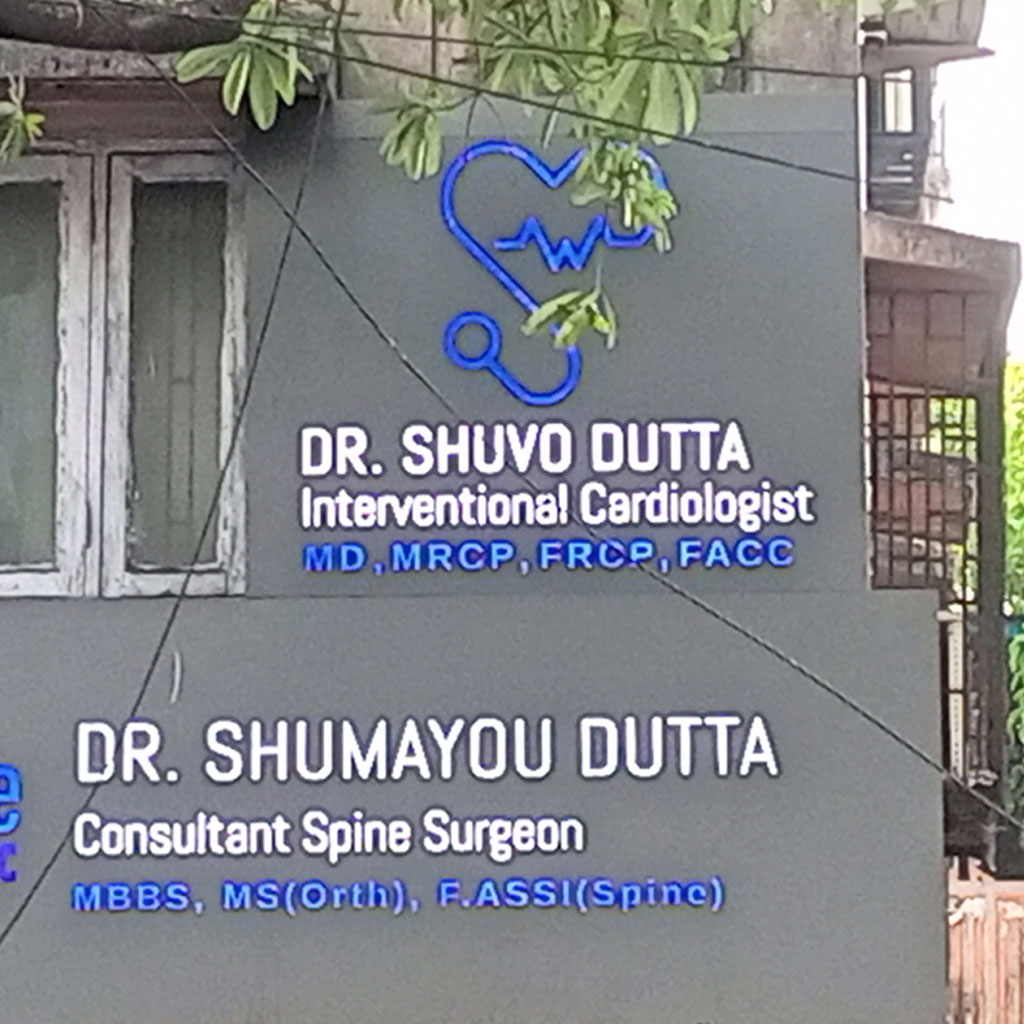Dr. Shuvo Dutta
Senior Consultant Cardiologist
MD(Cal), MRCP(UK), FRCP(London), FACC(USA)
Director – Interventional Cardiology,
Head Quality Assurance – Cathlab
B. M. Birla Heart Research Centre, Kolkata
Head Quality Assurance – Cathlab
B. M. Birla Heart Research Centre, Kolkata
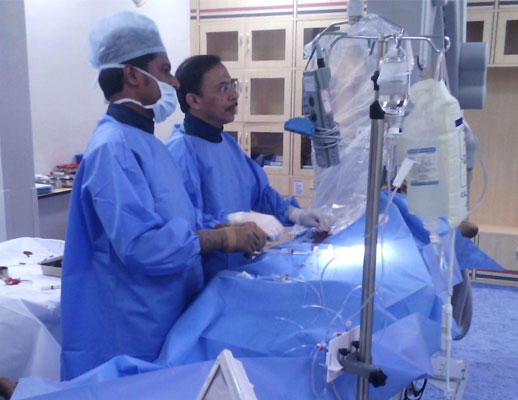
Career Highlights
International
- Second International & National Conference on cardiovascular disease – Dhaka, Bangladesh
- Asia Pacific Live Course on Newer devices in International Cardiology & annual meeting Madras-1996, (Chronic total occlusion & management of complications) – Cine Film Presentation
- Asia pacific society of cardiology – Sub. Tips & traps of angioplasty / Sri Lanka
- Paper accepted and presented on Aorta Illiac stenting at GET 2000 Meeting – Monaco
- Guest faculty – TCT Conference, Washington DC – 1999 & 2010
- International faculty in CCT Japan – 2002, 2003 & 2004
- Faculty member in Singapore Live conference in 2005 & 2010
- Faculty member in TCT 2005, Korea at Seoul
- PCR Faculty in Paris – 2011
- PCR Paris 2013 Participated in Interactive Session on my case presentation
- The 11th Great Wall International Congress of Cardiology as a Faculty Member in Beijing, China – Telecasted Live Complex Angioplasty from Beijing China
- PCR Paris 2017 panelist in Recent Developments of Heart Failure Treatment.
Treatment Facts
The gradual build up of fat within the blood vessel of the heart causes narrowing and when it becomes significantly narrowed it obstructs adequate blood flow demanded by the heart’s muscle leading to demand and supply disparity.


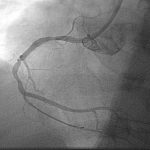
A balloon, calculated according to the size of the blood vessel, is inserted and inflated at the site of blockage, thus making passage for deployment of stent. Stent is a metal mesh which is mounted on a balloon and taken to the site of blockage where a passage was made with a previous balloon. The balloon on which the stent is loaded is inflated thus deploying the stent to keep the blocked area open.The balloon is removed.



A balloon, calculated according to the size of the blood vessel, is inserted and inflated at the site of blockage, thus making passage for deployment of stent. Stent is a metal mesh which is mounted on a balloon and taken to the site of blockage where a passage was made with a previous balloon. The balloon on which the stent is loaded is inflated thus deploying the stent to keep the blocked area open.The balloon is removed.
Primary angioplasty is done as a heart’s life-saving emergency procedure in a patient with an on-going heart attack. Heart attacks occur due to sudden total occlusion of a pre-existing partial block, thereby completely cutting off the blood supply to a portion of a heart muscle. These 100 per cent blockages need to be cleared within 3-6 hours from the onset of heart attack or else the heart muscle gets damaged permanently causing a major heart attack. It has been proved that Angioplasty at this stage restores blood flow and prevents permanent heart muscle damage thus reducing hospital stay so that the patients can be discharged within 3-4 days.
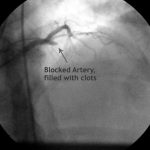
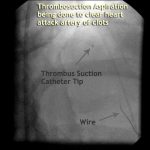
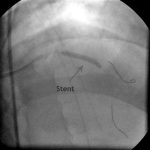
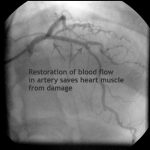
The clogged blood vessel is identified and blood clots are sucked out by a thrombus suction device following which the residual hard blockage is stabilized by stenting, restoring of blood flow and preventing further heart muscle damage. This is known as Primary Angioplasty in acute heart attack. Duration of symptoms and presentation at centers where such facilities are available are both important for successful results. Patients often waste this initial, valuable time looking around for help. They should identify the symptoms and ensure that families take an ambulance to such cardiac centres where they can get the benefits of primary angioplasty.




The clogged blood vessel is identified and blood clots are sucked out by a thrombus suction device following which the residual hard blockage is stabilized by stenting, restoring of blood flow and preventing further heart muscle damage. This is known as Primary Angioplasty in acute heart attack. Duration of symptoms and presentation at centers where such facilities are available are both important for successful results. Patients often waste this initial, valuable time looking around for help. They should identify the symptoms and ensure that families take an ambulance to such cardiac centres where they can get the benefits of primary angioplasty.
Blood vessels supplying the brain also develops blockages called carotid artery stenosis and such patients usually present to the Neurologist with brain stroke with paralysis or multiple episodes of transient weakness of arms, legs or slurred speech with rapid improvement known as TIA. Such patients when diagnosed that the source of their problem is critical blockage of carotid arteries from which small fragements are going to the brain undergo carotid stenting which is done with a distal protection device which prevents cerebral attacks from debris getting dislodged into the brain during the process of carotid stenting.


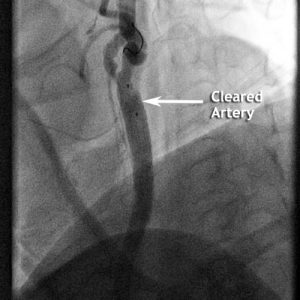
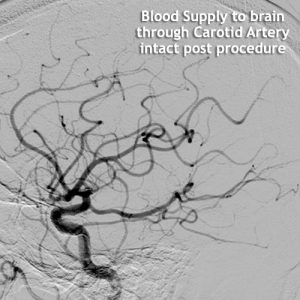
All patients with cerebral stroke and not hemorrhage identified by MRI or CT brain should have routine Doppler ultrasound of both neck vessels to ensure that no blockages in the neck vessels are the source of their problem which need such treatment.




All patients with cerebral stroke and not hemorrhage identified by MRI or CT brain should have routine Doppler ultrasound of both neck vessels to ensure that no blockages in the neck vessels are the source of their problem which need such treatment.
Stenting of blocked renal arteries supplying blood to the kidneys are done in patients who have associated uncontrolled high blood pressure or rapidly worsening kidney function. Blocks in both renal arteries benefit by stenting as it prevents kidney damage progression and in hypertensive patients makes blood pressure control easier. Many such patients also present with recurrent acute fluid accumulation in the lungs called flash pulmonary edema which after stenting of both renal arteries is cured.
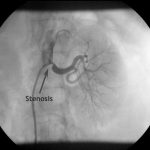

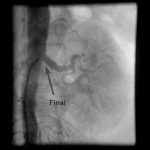
The procedure is similar to coronary artery stenting.



The procedure is similar to coronary artery stenting.
Rotablation is a technique for treating coronary arteries with calcific blockages obstructing passage of balloon and and stents for successful angioplasty. It has a diamond studded head called burr, activated to rotate at a speed of 1,50,000 to 1,80,000 revolution per minute. To prevent the burr from overheating from friction, cold fluid is sprayed continuously in the blood vessel during rotablating. This drills through the blocked arteries allowing passage of balloons and proper expansion of stents.
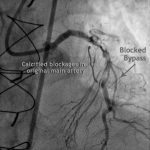
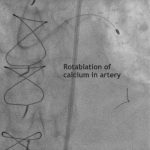
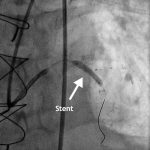

To watch Rotablation video, CLICK HERE.




To watch Rotablation video, CLICK HERE.
Balloon Valvoplasty is performed to open blocked valves by inflating balloon (non-surgical technique).
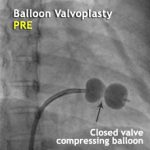

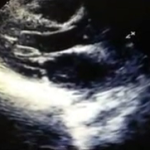
During balloon valvoplasty, a balloon is inserted from the leg through a blood vessel and placed across the blocked valve. When the balloon reaches the narrowed heart valve, it is inflated to crack open the blocked valve and then removed, valve opened. Procedure done under local anaesthesia, patient discharged the next day.
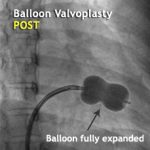
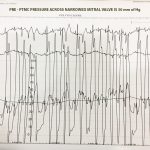
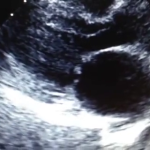



During balloon valvoplasty, a balloon is inserted from the leg through a blood vessel and placed across the blocked valve. When the balloon reaches the narrowed heart valve, it is inflated to crack open the blocked valve and then removed, valve opened. Procedure done under local anaesthesia, patient discharged the next day.



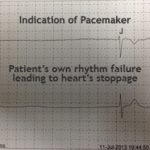 What is a Pacemaker and who needs it?
What is a Pacemaker and who needs it?
It is a device that senses signals from the pumping heart. When the rhythm fails the device senses and sends electrical impulse activating the heart to pump till the original rhythm returns. Patient’s usual symptoms — light headedness, sudden blackouts with fall. There are 2 types of pacemakers — Single Chamber Pacemaker and Dual Chamber Pacemaker.
Dual Chamber Pacemakers have advantages over Single Chamber Pacemakers.
Consult your Cardiologist for more information.
What is MRI friendly Pacemaker?
With more people requiring MRI Investigation by different specialists, younger patients have option now of having recently launched MRI compatible Pacemakers so that at older age if required MRI investigations can be performed on them
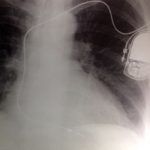
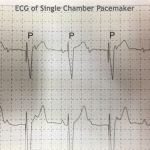
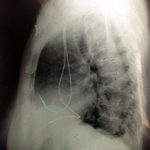
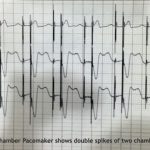
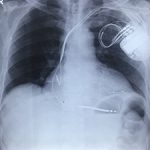 Cardiac Resynchronization Therapy (CRT) refers to a pacing technique with 3 wires in 3 heart chambers that synchronizes heart muscle contraction and improves pumping of heart with patients in heart failure who have become resistant to all medical therapy for heart failure and improves longivity and quality of life.
Cardiac Resynchronization Therapy (CRT) refers to a pacing technique with 3 wires in 3 heart chambers that synchronizes heart muscle contraction and improves pumping of heart with patients in heart failure who have become resistant to all medical therapy for heart failure and improves longivity and quality of life.
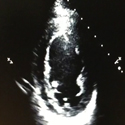
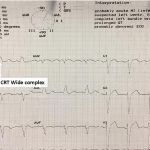

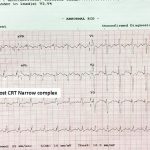
A compressed net is passed from leg vein and released below both kidney vessels. To dissolve clots in the leg (DVT) injection is administered through blood vessel into clot resulting in clot disoolution.
Complication: Clot dislodgement may travel to lungs causing death.
IVC Filter is a net which prevents this complication by filtering these clots and preventing travelling to lungs.
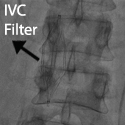
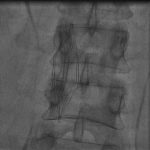


Declaration
All above information and procedure are on people I have treated.
No procedure however simple is 100% risk free.
Doctors do their best to ensure that procedure protocols are followed to reduce risk to the best of their ability.
No procedure however simple is 100% risk free.
Doctors do their best to ensure that procedure protocols are followed to reduce risk to the best of their ability.

